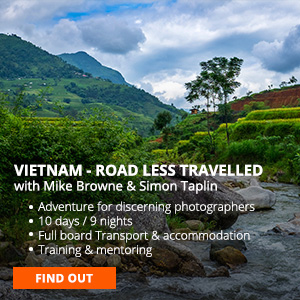Location Light Composition
Location is important, not just so it matches the model. Location is important for light and composition too.
When you're going to shoot a photo it's all too easy to just point the camera and shoot the image without giving much thought about where you are and why you're there.
The 7 Building Blocks of Photography is THE go to course for technically advanced photographers to learn how to think like a photographer and connect creativity and technicalities for every image you're taking.
So in this video tutorial I'm going to guide you through why I'm using a particular place for a certain shot. And it's mostly down to light. Qualities of light not quantities, they're different. Quality of light are what makes an image interesting or not. Quantity of light is only how much of it there is available. In other words what exposure you'll need and that's easily controlled by combining shutter speed, ISO and aperture appropriately.
I've put them in that order for a reason. I don't often think of aperture as an exposure control because I'm more interested in using it as a depth of field control (it does both) and compensating with shutter and ISO.
So the location is chosen for the light and visual impact, next it's time to compose the image. There is no right or wrong composition. There is only what you like. What works to make an image visually appealing. That's all there is.
Now if you're doing my 7 Building Blocks... course you'll know that composition (Block 3) is best friends with focal length (Block 4) so choose a focal length which will enhance your composition. Use it to eliminate clutter, change how the background looks and make the viewer really home in to the place in the image you want them to concentrate on.
In this video tutorial I'm shooting in a busy public place so I chose a long focal length for these reasons.
OH - and welcome back Abbie Hills who you might have seen in other videos. How do you like her new look?











































